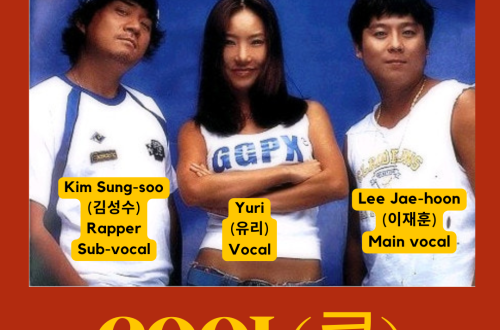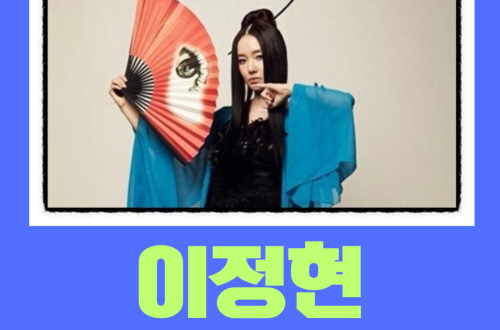🌟 Introduction
When people talk about the birth of the K-pop idol industry, one name always comes up first: H.O.T (Highfive Of Teenagers). Debuting in 1996 under SM Entertainment, H.O.T is widely recognized as the first-ever K-pop idol group, setting the blueprint for countless groups that followed.
👥 Members
- Moon Hee-jun (문희준) – Leader, vocals
- Jang Woo-hyuk (장우혁) – Rap, dance
- Tony Ahn (토니안) – Rap, vocals
- Kangta (강타, Ahn Chil-hyun) – Main vocal, songwriter
- Lee Jae-won (이재원) – Rap, sub vocal
Each member had their unique charm, contributing to the group’s massive popularity among teenagers in the late 1990s.
🎶 Music & Legacy
H.O.T’s debut track “Candy” (1996) became a cultural phenomenon, with its colorful outfits, coordinated choreography, and catchy melody. The group went on to release multiple hit songs, including:
- Warrior’s Descendant (전사의 후예) – a socially conscious track addressing teen struggles
- Happiness (행복) – an uplifting anthem of joy
- We Are the Future – showcasing powerful performances and futuristic style
H.O.T’s blend of dance-pop, rap, and ballads defined what would become the K-pop idol formula.
🌍 Cultural Impact
- H.O.T pioneered the fan club system, with their official fan club “Club H.O.T” being one of the largest in Asia at the time. Fans used white balloons as their official color.
- The group’s success in Korea also extended to China, making them one of the first K-pop acts with international fame.
- Their influence shaped the direction of K-pop for decades, inspiring groups like TVXQ, Super Junior, and BTS.
🎤 Fun Facts
- H.O.T’s name means Highfive Of Teenagers, representing unity with their teenage fans.
- Their breakup in 2001 shocked fans, but each member continued with solo careers or new projects.
- In 2018, H.O.T reunited for the first time in 17 years on the TV program Infinite Challenge, causing nationwide excitement.
H.O.T was more than just a boy group—they were the foundation of K-pop idol culture. From fan chants to official colors, their legacy still lives on in today’s K-pop scene.





